Keep Your Jeep Rolling: A Guide to Tire Rotation for Jeep Owners
Keep your Jeep Wrangler rolling with this complete guide to tire rotation. Learn how to rotate your tires properly, including the spare, and troubleshoot any issues that may arise.
Jeep Wrangler ‘Maintenance Schedule’ Series

Owning a Jeep Wrangler comes with the responsibility of maintaining it properly. One of the essential maintenance tasks is rotating your tires. Tire rotation is a straightforward task, but it requires some planning and a bit of know-how. In this installment of the Jeep Wrangler ‘Maintenance Schedule’ Series, we’ll walk you through everything you need to know about rotating your tires on your Jeep Wrangler, including the spare tire.
Section 1: Introduction
Tire rotation is an important part of tire maintenance. Regular rotation ensures that the tires wear evenly, which means they’ll last longer and provide better performance. Tire rotation is also an excellent opportunity to inspect your tires for any damage, uneven wear, or punctures. Rotating the spare tire is equally important, especially if it’s a full-size spare tire.
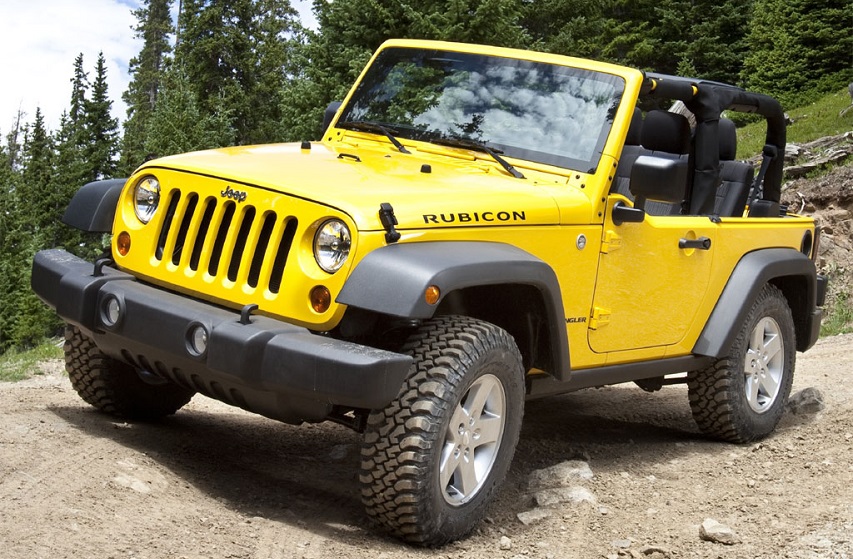
Section 2: Understanding Directional vs. Non-Directional Tires
Directional tires and non-directional tires differ in the tread pattern on the tire’s surface, which determines the way the tire can rotate on the road.
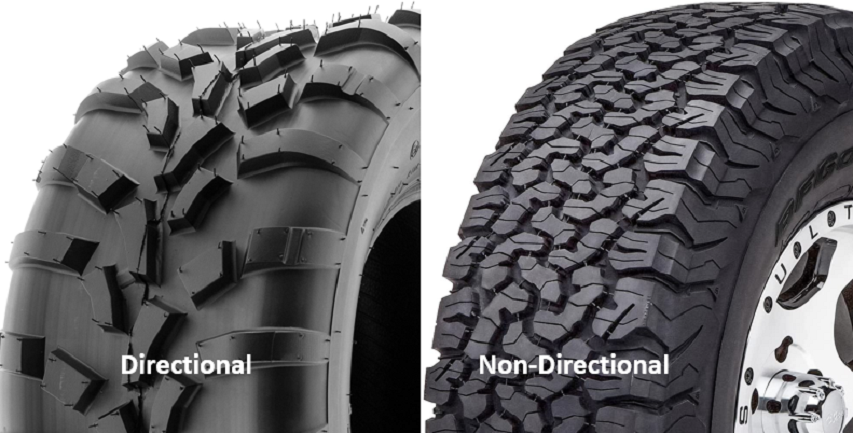
Directional tires have a specific tread pattern that is designed to rotate only in one direction, usually indicated by an arrow on the sidewall of the tire. This tread pattern is optimized to displace water and improve traction in wet conditions, reducing the risk of hydroplaning. Directional tires also tend to be quieter than non-directional tires.
On the other hand, non-directional tires have a tread pattern that is not designed to rotate in any specific direction. These tires provide better handling and traction on dry roads and are often less expensive than directional tires. Non-directional tires are also more versatile and can be rotated to different positions on the vehicle to even out wear, while directional tires must be rotated only front-to-back or back-to-front to maintain their directional rotation.
Whether you have directional or non-directional tires will impact the way in which you can rotate your tires.
Section 3: Understanding Tire Rotation
Tire rotation involves moving your tires from one position to another to promote even wear. There are different tire rotation patterns depending on the type of vehicle and the type of tires.
For Non-Directional Tires
The most common rotation pattern for 4-wheel drive vehicles with non-directional tires is the cross rotation pattern, which involves moving the front tires to the opposite sides of the rear and the rear tires forward to the same side front.

Rotating the spare tire is just as important as rotating the other tires. If you have a full-size spare tire, you should include it in the rotation pattern. A common method is to rotate the spare into the rear passenger side location. If your spare tire is a temporary spare, you should not pull it into the rotation, as you should avoid driving on it for an extended period (and replace it with a regular tire as soon as possible). Before using the spare tire, make sure it’s properly inflated and in good condition!
For Directional Tires
If your tires are directional and cannot be removed from the rim, you can only rotate them from front to back and back to front. Rotating them in any other direction would diminish their effectiveness and performance by causing them to rotate in the wrong direction. In such a scenario, move the front tires straight to the back and the back tires straight to the front
Section 4: When to Rotate Your Tires
The general rule of thumb is to rotate your tires every 6,000 to 8,000 miles. However, the frequency of rotation may vary depending on the type of tires and driving conditions. Off-road driving, for example, may cause more wear and tear on your tires, and you may need to rotate them more frequently. If you notice uneven wear or damage on your tires, you should rotate them immediately.
Section 5: What You Need to Rotate Your Tires
Before you start rotating your tires, you’ll need a few things, including a lug wrench, a jack, and jack stands. It’s important to ensure that the jack and jack stands are rated for the weight of your Jeep. You’ll also need a torque wrench to tighten the lug nuts to the proper torque specification. Make sure you have all the necessary tools before you start the job.
Section 6: Preparing for Tire Rotation
Before rotating your tires, you should inspect them for any damage or uneven wear. You should also check the tire pressure and inflate the tires to the recommended pressure if necessary. It’s also a good idea to clean the wheels and lug nuts to ensure a tight fit. If you notice any damage or uneven wear on your tires, take them to a professional to have them inspected.
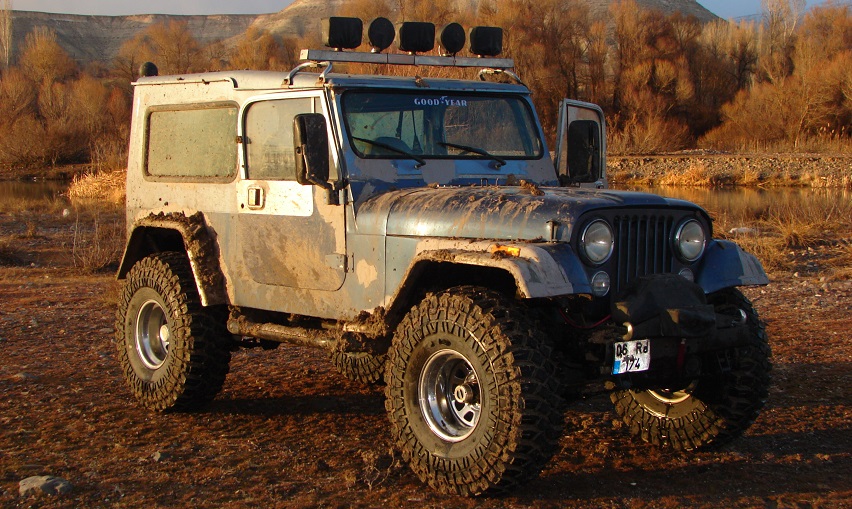
Section 7: Rotating Your Tires
To rotate your tires, you’ll need to follow the rotation pattern recommended in your owners manual for your Jeep. Jack up the Jeep and support it with jack stands. Remove the lug nuts and take off the wheels. Then, move the wheels to the new position according to the rotation pattern. Tighten the lug nuts to the proper torque specification in a star pattern. Make sure you torque the lug nuts to the correct specification to prevent over-tightening or under-tightening.
Section 8: Troubleshooting
If you experience any issues during or after rotating your tires, it’s essential to address them immediately. If you notice that the steering wheel vibrates or the Jeep pulls to one side, it may be an indication of improper tire balancing or alignment. You should take your Jeep to a professional to have it inspected and adjusted. If you notice any damage or punctures on your tires during the rotation, you should replace the affected tire immediately. Also, if you notice that the lug nuts are loose or the wheels are wobbling, stop the Jeep immediately and check the lug nuts for proper torque.
Section 8: Conclusion

Rotating your tires is a crucial part of maintaining your Jeep Wrangler. It promotes even wear, improves performance, and prolongs the life of your tires. By following the recommended rotation pattern and using the proper tools, you can rotate your tires easily and safely. Remember to include the spare tire in the rotation and inspect your tires regularly for any damage or uneven wear.
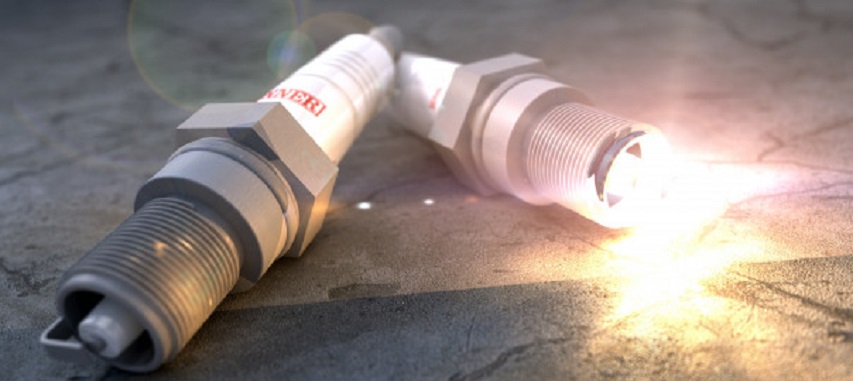
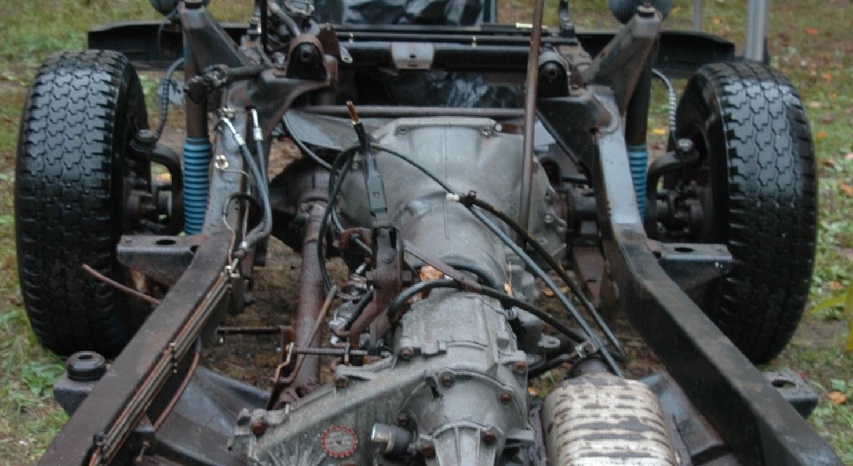

1 thought on “Keep Your Jeep Rolling: A Guide to Tire Rotation for Jeep Owners”
Comments are closed.